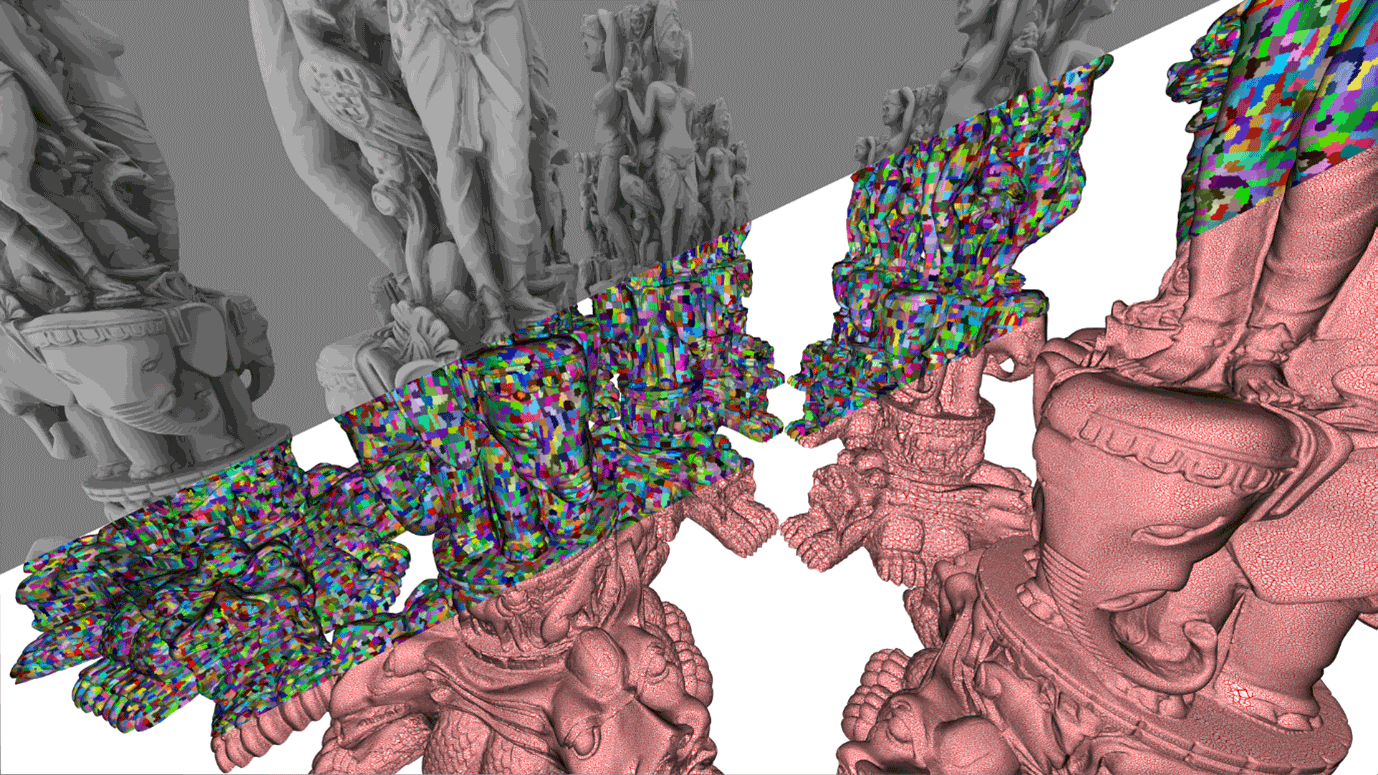DavidGraham
Veteran
That's very sad to read. I was expecting for more advancements since the introduction of DX12
The point of the example was it's a pretty clear case where IHVs defaulted to "this is not the way to do it, just do the simple thing the hardware is designed for" and missed the forest for the trees.
You kinda can't blame the IHVs really, Microsoft outlined a specific path for the geometry problem in DX12 and DX12U, which ultimately resulted in the creation of Mesh Shaders, which arguably comes close to the results of Nanite without the crippling Ray Tracing performance of Nanite and the limitations of supporting dynamic meshes. Maybe the IHVs thought Meshlets are the more successful future than Nanite?For the most part various shades of "just use bigger triangles", as with the other past examples.

